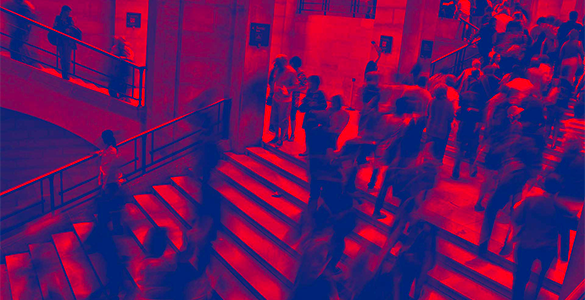How Artificial Intelligence understands when a player gets injured
University of Pisa, CNR and FC Barcelona have created an algorithm able to predict more than 50% of the muscular injuries of a professional football team.
Accidents have a major impact on the performance and budget of sports clubs. The most recent example is the injury of the "Matador" Cavani which proved to be decisive for the defeat of Uruguay in the last world cup in Russia.
The prestigious scientific journal Plo sOne has published a study by a group of researchers from the University of Pisa (Alessio Rossi, Paolo Cintia), CNR (Luca Pappalardo), University of Milan (F Marcello Iaia), FC Barcelona (Javier Fernandez) and Philadelphia 76ers (Daniel Medina Leal) who developed an algorithm based on big data and on sophisticated artificial intelligence techniques to predict injuries in professional football players.
The algorithm combines various physical parameters obtained from GPS devices worn by players during games and workouts to calculate the risk of muscle injury and suggest prevention strategies to support athletic trainers, physicians and coaches in the planning of workloads.
In tests conducted on a professional team during an entire season, the algorithm has predicted more than 50% of muscle injuries. It has shown that a player is more likely to get hurt if he travels long distances with high running intensity and if he has already suffered injuries in recent times.
According to the authors of the study, if the athletic trainers had had this data available during the championship, the team would have saved about 70% of the costs related to the recovery and rehabilitation of the players in the company.
"For some years now, professional teams have been looking with interest at the world of Big Data and their potential to monitor and improve the performance of their athletes. The phenomenon is growing, in football as in other sports "
explains Alessio Rossi biomedical researcher who in recent years has specialized in the application of information technology and artificial intelligence for the assessment of sports performance.
In the next months, the same researchers will test their algorithm on other professional teams with the help of additional devices that can measure, in addition to the player's movement, also parameters such as heart rate, sweating and psychophysical stress, to make their algorithm even more effective.

